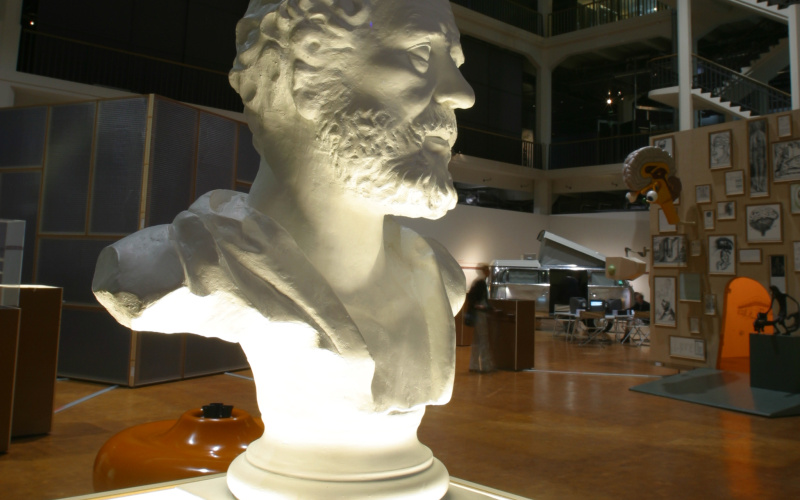- Event
- Lecture Series
Peter Fromherz: Halbleiterchip mit Hirn
Fri, May 23, 2003 7:00 pm CEST
- Location
- Media Theater
In 1991, Prof. Dr. Peter Fromherz achieved what a few years earlier was pure fiction in the cyberpunk literature of William Gibson and Bruce Sterling, i.e., combining biological substances with a silicon chip. He succeeded in relocating the living nerve cells of a leech on a semiconductor and registering the signals from the cells by means of a transistor. In 1995 he was successful in reversing the stimulation of a cell through the electric impulse of a chip. Fromherz and his research team co-operated closely with Infineon to create a bio-chip with approximately. 16,400 sensors which was introduced in San Francisco in 2003 and which offers new possibilities for measuring and conducting research on neurons.
Peter Fromherz was born in 1942 in Ludwigshafen, and on completing his schooling in Switzerland studied at the TH Karlsruhe where he graduated in 1966 with a degree in chemistry. In 1969 he received a doctorate from Hans Kuhn in Marburg after which he worked at the Max Planck Institute for Biophysical Chemistry in Göttingen from 1970 to 1981. After habilitating in 1978 he held the chair of experimental physics at Ulm University. Since 1994, Fromherz has been Director of the Max Planck Institute for Biochemistry [Membrane- and Neurophysics dept.] and Honorary Professor in the faculty for Physics at the TU Munich. Since 1992 Fromherz has been a member of the Heidelberg Academy of Sciences and in 1998, received the Julius Springer prize for Applied Physics.
